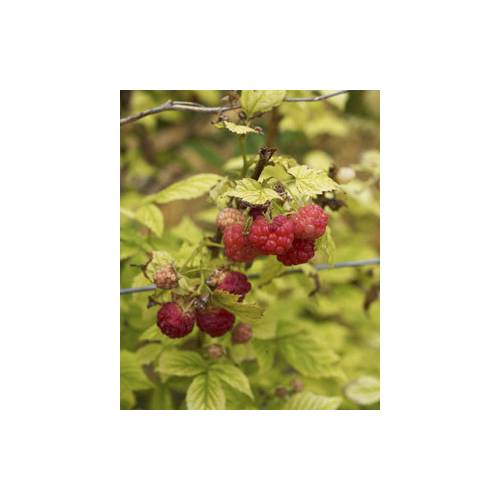
Deficiencies
Iron deficiency
- Details
-
It is also known as chlorosis. It is the most common disease found in chalky soil. Acid loving plants are very susceptible to it. The shortage of iron in the plants manifests itself through easily recognisable symptoms and it is very easy to cure.
The symptoms
Iron deficiency can easily be spotted via the leaves. The leaves will start to discolour and take on a yellowish tint. The older leaves are more likely to be affected than the young ones. The veins will remain green whilst the rest of the leaf will be discoloured. If the attack is severe, the leaves can discolour to the point of appearing bleached and scorched from the sun. The colour of the flowers is not affected by iron deficiency. However deficient plants flower less even not at all.
The cycle
Iron deficiency is known as a physiological disease, that is to say one that is not caused by a parasite or pathogenic germ. It is the presence of chalk in the soil that causes it. When chalk is present in large quantities it prevents the plants from absorbing iron. The deficiency gets worse over time as the nearby reserves of available iron are exhausted by the plant. The sensitivity of plants to this condition varies enormously, with some being able to grow in pure chalk without showing the least sign of deficiency.
How to flight it
The only cure is to give the plant large quantities of iron in an easily absorbable form. You therefore need to administer an "anti-chlorosis" product that has been diluted in water and watered around the base of the plant. There is absolutely no point in burying rusty objects around the plant because the plant will not be able to absorb the iron in this form. However it may be possible to avoid using treatments if you have some well-rotted compost. By regularly spreading this fertilising matter around the base of plants that are sensitive to chalky soil you will prevent them from contracting iron deficiency.
How to avoid it
The best method of avoiding iron deficiency is to choose plants that are tolerant of chalky soil. Rock roses (cistus), roses, iris, euphorbia, millepertuis and many others are well known for not being sensitive to excessive chalk in the soil. For roses the important thing is to choose ones grafted onto a chalk tolerant root stock, such as those grafted on to wild roses (Rosa canina). You can also benefit from using organic fertiliser that is rich in oligo-elements (composted sea weed, for example), which is spread around the base of the plant twice a year, at the end of winter and the end of spring.
Information
Iron chlorosis can be confused with the effects of too much water. A plant that has too much water will see its young shoots turning yellow and becoming practically white, whilst the adult leaves stay nice and green. This is known as water chlorosis. Iron deficiency has the opposite effects with the young shoots being bright green and the old leaves being discoloured. - Photos (1)

